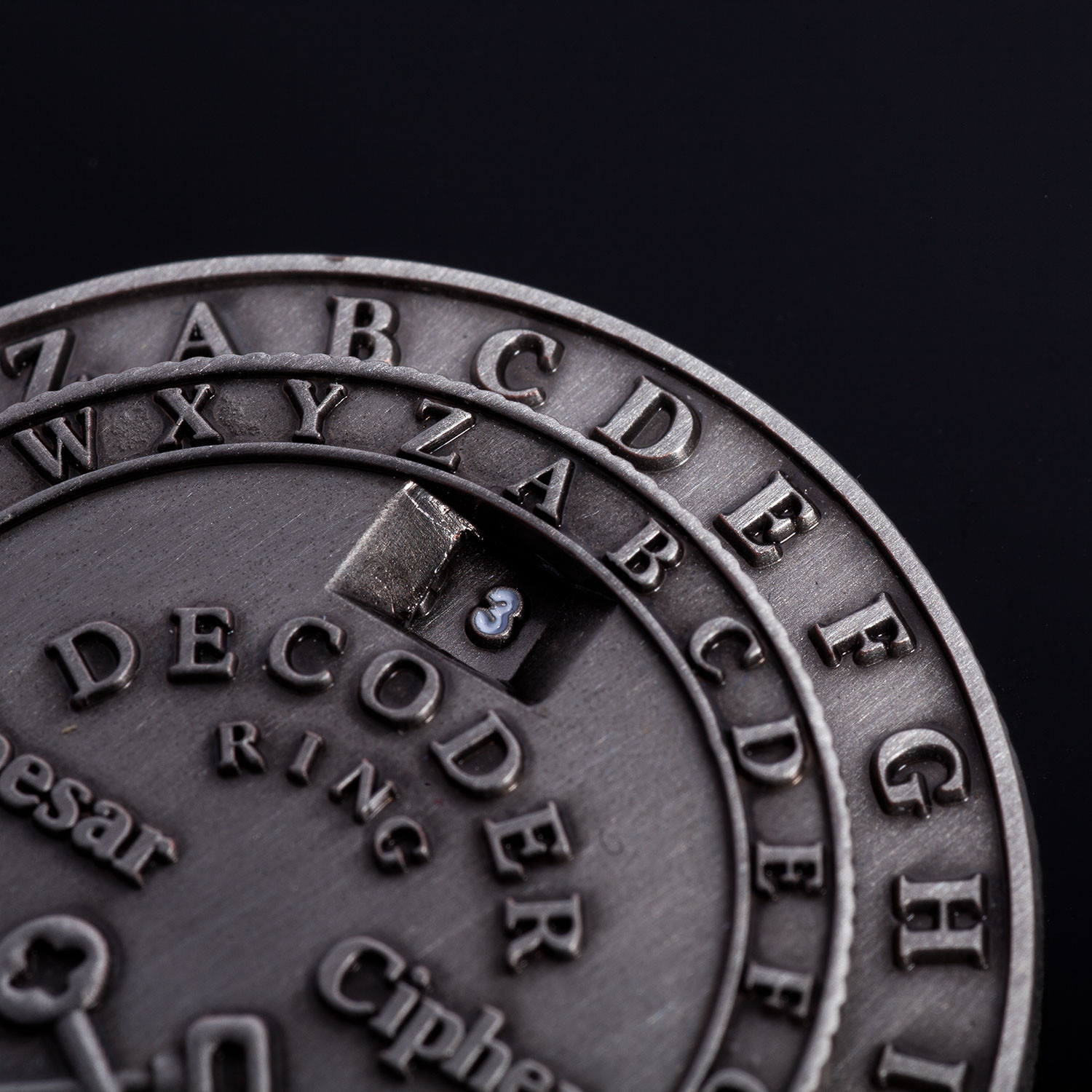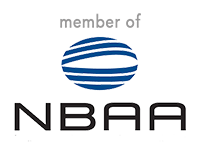By Bluetail
July 12, 2021

Making Melvin Dewey proud.
ATA Codes: bringing order to chaos.
Long before Google, students actually had to go to a library – those places with lots of books – to research information. They had to search through all those never-ending racks of books and turning tens-of-thousands of pages – oh, and the paper cuts. Yes, it was a barbaric practice.
Thank goodness that Melvin Dewey developed his Dewey Decimal Classification system in 1876. Without his system of cataloging books, none of us would have ever found the information we needed, and thusly would have never graduated high school.
In case you’re too old to remember or too young to care, the Dewey Decimal System introduced the concepts of relative location and relative index, which allow new books to be added to a library in their appropriate location based on the subject. So, you weren’t spending hours wandering around endless shelves looking for a particular subject.
For example, all books relating to pure sciences like natural sciences and mathematics are cataloged and classified under the 500 section. With specific areas broken down further, 510 for mathematics, 516 for geometry, and so on.
So, what does any of this have to do with aviation? Well, more than you think.
Airplanes are extremely complex things, so like any complicated machine, when a technician needed to perform an inspection or repair, they turned to that aircraft’s maintenance manual (AMM). And as aircraft got bigger, so did their manuals. Every task from the simplest to the most difficult is described in exacting detail – many accompanied by exploded illustrations.
These AMMs are part of the aircraft’s certification and are thus blessed by the FAA as providing the only “approved” methods for handling any and all maintenance practices. The only problem with the early AMMs was that they were not standardized. Aircraft manufacturers were free to put information in any order they saw fit. Boeing may put instructions for changing a tire in chapter eight. Lockheed may put it chapter 28. You get the idea.
ATA Codes: bringing order to chaos.
As commercial air travel grew in the late 40s and early 50s, airline operators were finding that technicians were spending way too many hours looking for maintenance information. And that was a bad thing.
Back then, airlines knew that delayed flights meant unhappy passengers. They couldn’t afford that. (My, how things have changed…) Something had to be done.
In 1956, the Air Transport Association (ATA) members created the ATA numbering system, known as ATA Codes or ATA Spec 100. ATA Codes established an industry-wide numbering scheme to enable the consistent organization and publication of all aviation technical documents. ATA Spec 100 was updated to ATA Spec 2100 in the early 2000s.
The most current ATA iSpec 2200 is “a global aviation standard for the content, structure and electronic exchange of aircraft engineering, maintenance, and flight operations information.”
Anyway, no matter which version you’re referring to, the ATA Code system is based on 100 numbered categories grouped into ‘Chapters.’ Inside of those chapters are sequentially numbered segments and sub-sections. (It’s a lot like Mr. Dewey’s decimals).
For example, if you want information about logbooks, Aircraft General Information ranges from 00-18 and refers to generic documents regarding airworthiness.
Knowing the proper source code.
Along with making it easy for technicians to find the information they require to perform inspections and or repairs, the ATA Code system also gave the FAA a way to confirm that said technician was indeed following the approved instructions.
“Stating which ATA Chapter that maintenance is done “in accordance with” is a critical part of how an A&P logs their completed work,” explained business aviation maintenance professional, Max Vivacharawongse. “Should there ever be a question about compliance, all the FAA needs to do is to review said instructions to see if the mechanic made a mistake or that the instructions themselves are incorrect.”
“Even years from now, when the aircraft is put up for sale, and the prospective buyer is searching through the mountain of logbook entries to confirm that all work was done “by the book,” they use those original ATA Code numbers as reference,” he added.
Vivacharawongse also said that if the thought of spending hours and hours reviewing countless lines of logbook entries sounds like a waste of valuable time and effort, perhaps you should consider having all of the aircraft’s information digitized by Bluetail. Bluetail makes searching by ATA Code as easy as typing in a few numbers.

